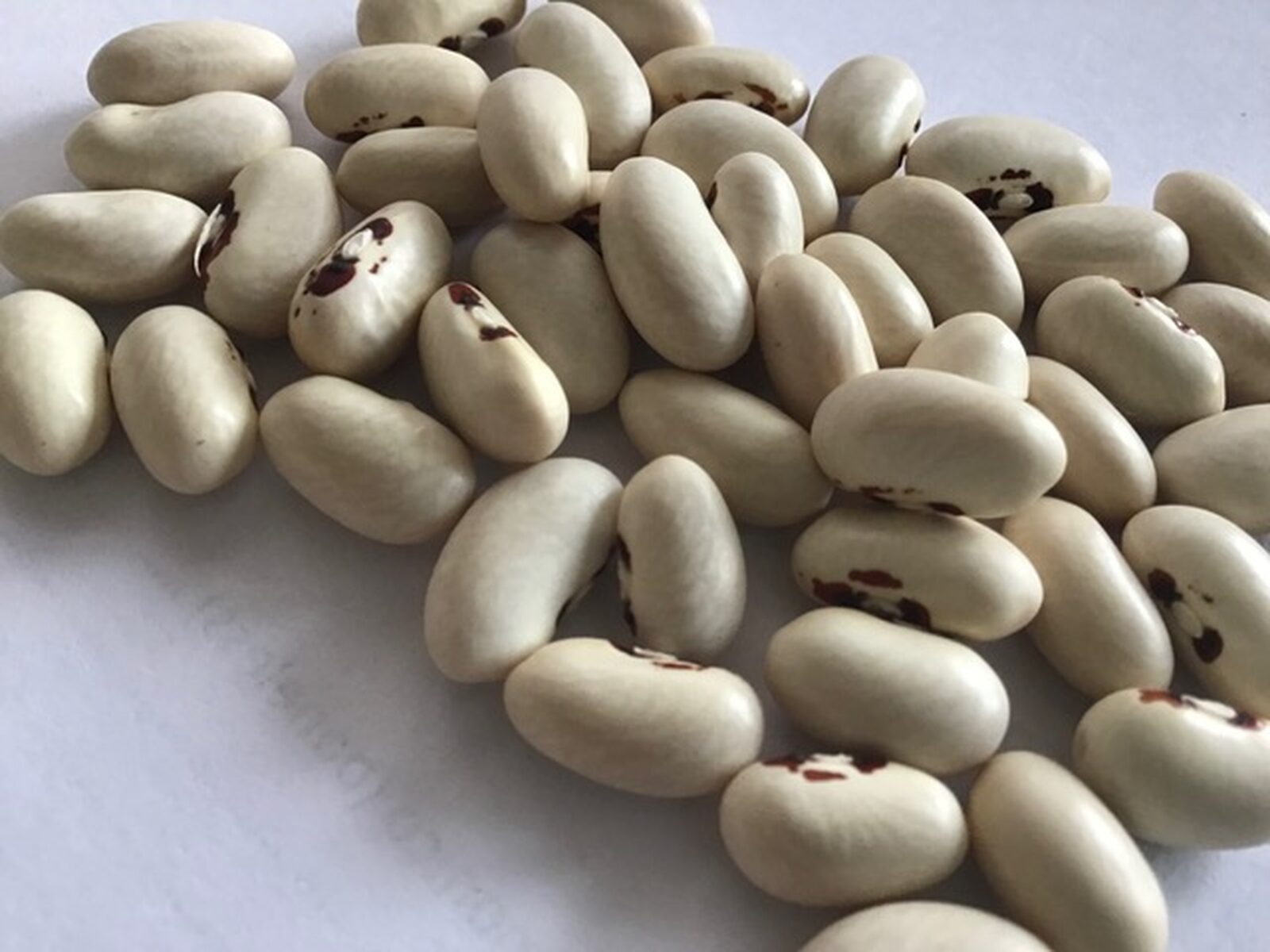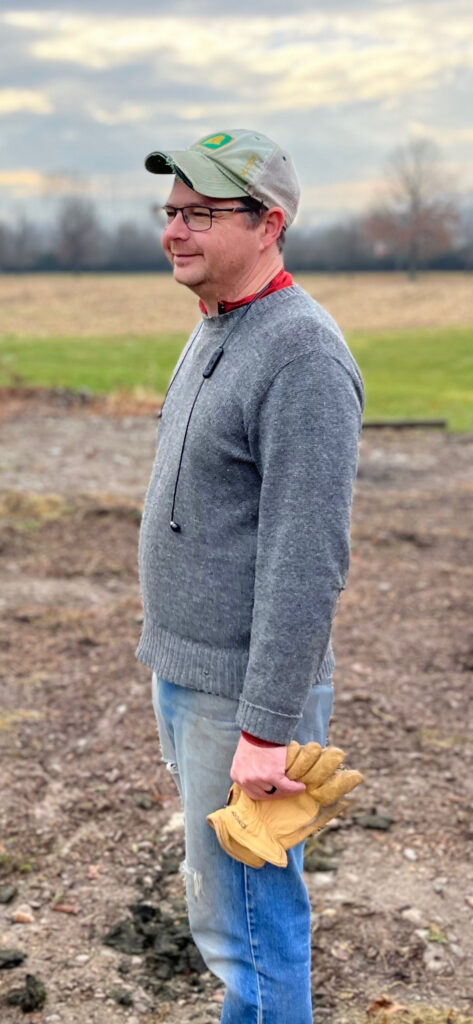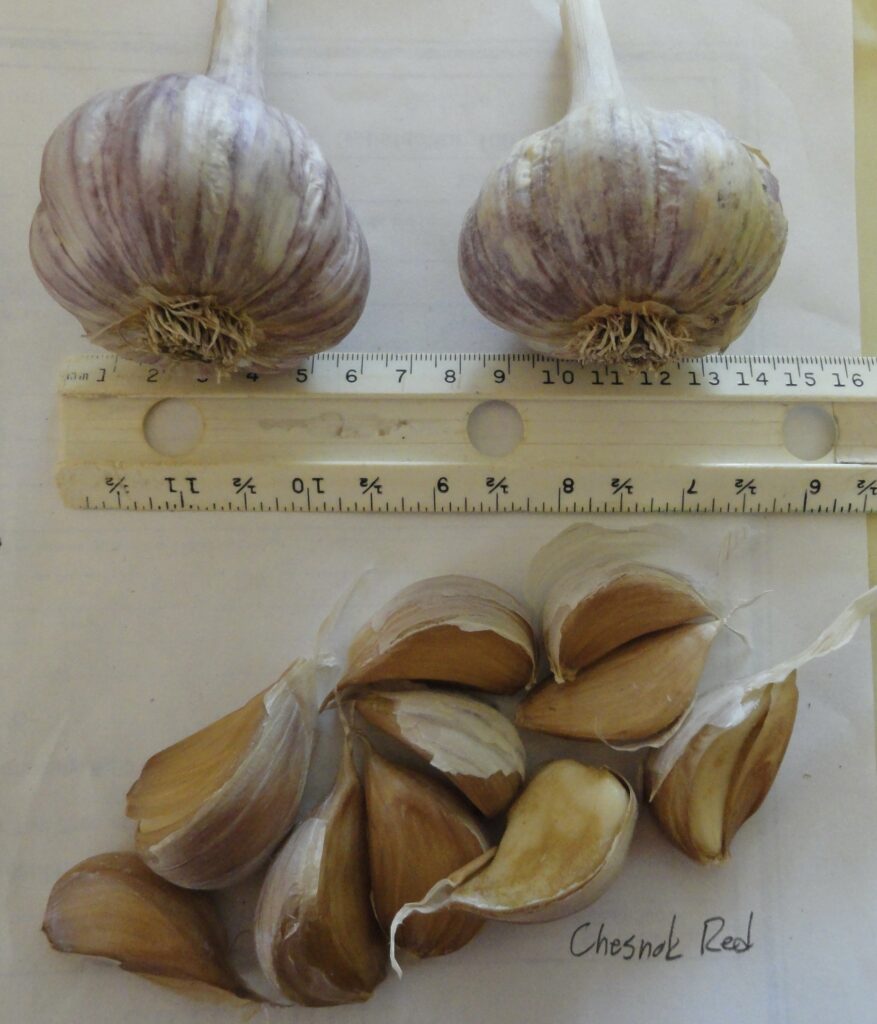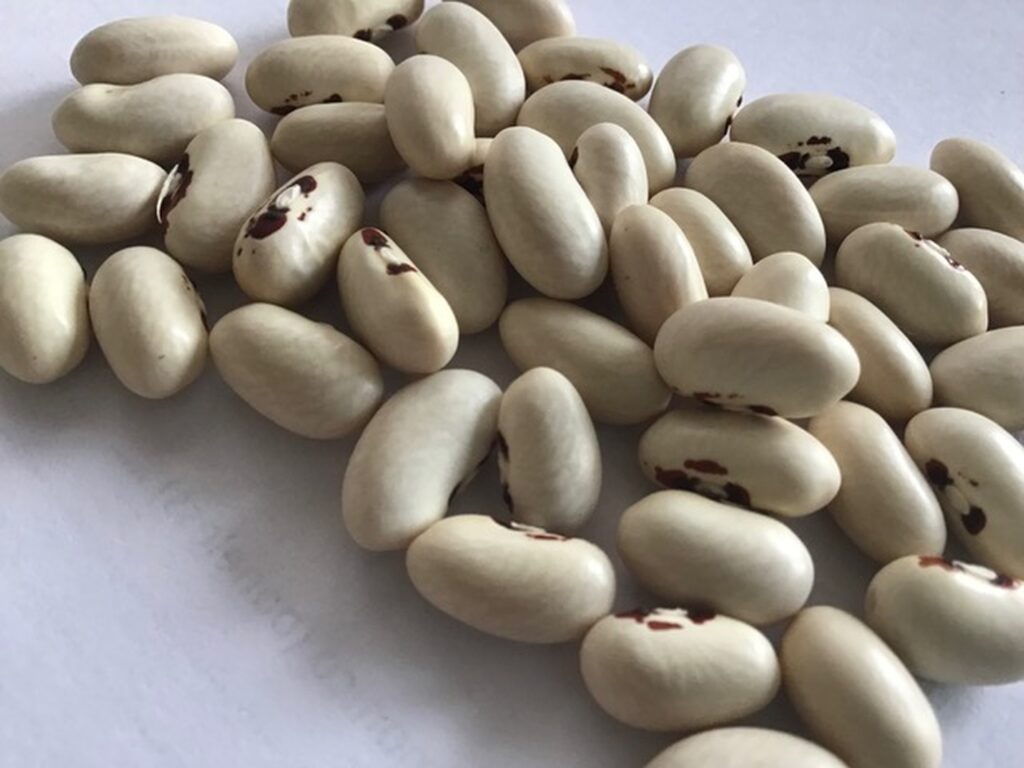Hope and Practice
To celebrate Seed Savers Exchange's 50th anniversary, we are featuring the work and inspiration of Exchange listers in the "Hope and Practice" series.

 In 2006, I was working at a small college in Pennsylvania with a group of students that others often found challenging. They were brilliant, passionate, and outspoken—so, of course, they started a community garden. In one of their first planning meetings, they listed potential projects and opportunities, and one of those was seed saving. At first, I wondered, “Why save seeds?” There are so many great seed companies. Why would we want or need to save seeds? The thought never left me. “Why save seeds?” I asked myself again and again.
In 2006, I was working at a small college in Pennsylvania with a group of students that others often found challenging. They were brilliant, passionate, and outspoken—so, of course, they started a community garden. In one of their first planning meetings, they listed potential projects and opportunities, and one of those was seed saving. At first, I wondered, “Why save seeds?” There are so many great seed companies. Why would we want or need to save seeds? The thought never left me. “Why save seeds?” I asked myself again and again.
A few years later, I was living in a new location and had my own garden. My alma mater—Medomak Valley High School in Waldoboro, Maine—was raising money for its Heirloom Seed Project through a seed CSA. When I was a student, Medomak Valley High School offered horticulture classes where I could have learned about seed saving; however, at that time, I did not think “horticulture” was what colleges expected on my transcript. I have always regretted allowing myself to be directed by peer pressure instead of interest or passion.
 So when the seed CSA opportunity came about, I tried to correct a misstep from the past and placed an order. I was thrilled to receive my first package. The seed envelopes were decorated with linocut stamps made by students, and inside were not only heirloom seeds but also each variety’s story and growing instructions. I received several varieties of garlic, which quickly became one of my favorite crops to save. I found saving garlic rewarding and an easy entry into seed saving. Planting garlic in the autumn after I had put the rest of the garden “to bed” fed something in my soul.
So when the seed CSA opportunity came about, I tried to correct a misstep from the past and placed an order. I was thrilled to receive my first package. The seed envelopes were decorated with linocut stamps made by students, and inside were not only heirloom seeds but also each variety’s story and growing instructions. I received several varieties of garlic, which quickly became one of my favorite crops to save. I found saving garlic rewarding and an easy entry into seed saving. Planting garlic in the autumn after I had put the rest of the garden “to bed” fed something in my soul.
What really held me captive were the stories included with the seed-information sheets. When I planted and grew out the seeds, I felt connected to all of the people who had stewarded each variety for generations. I received a packet of ‘Waldoboro Greenneck’ turnips, the original seeds of which had been recovered from a shipwreck near where I grew up. Having always been intrigued by the sea and knowing the challenges of recovery, I could not imagine someone taking the time to save the small seeds of a turnip. That variety must have meant a great deal to the person rescuing its seeds from the shipwreck.
I started to think about what those little seeds could mean to an individual’s, family’s, and community’s survival. That’s when I began to understand what seed saving means. I was encouraged to join Seed Savers Exchange. I checked out an older SSE Yearbook from my local library. In truth, it was overwhelming. I was not sure I fully understood what I was reading. What I did know was that I wanted to become more serious about my seed saving, and I wanted to learn more about Seed Savers Exchange. I requested a few seeds and grew them out. There was a lot of experiential learning, a lot of failures, a lot of reading, and a lot of asking questions.
During the COVID-19 pandemic, Seed Savers Exchange shifted its Annual Conference and Campout from onsite in Decorah, Iowa, to an online event. I had always wanted to attend a conference at Heritage Farm but had not yet at that point. Like most others, I was struggling to figure out how to live amid COVID-19, and the conference was a welcome distraction. The sense of community grew in each session. Instead of sickness and death, we were talking about life. I learned so much. Perhaps more importantly, I was encouraged and wanted to find the seeds that meant something to me and steward those seeds for a lifetime.
 One variety of beans I committed to stewarding was the ‘French Two-Dot,’ also known as the ‘Lewiston Two-Dot.’ My maternal grandparents lived in the twin cities of Lewiston and Auburn, Maine. I can still remember visiting them during the holidays and hearing about local bean suppers held in churches, Grange Halls, Odd Fellows Halls, and other community spaces. They always knew who made the best rolls, the best-baked beans, and the most delicious desserts. When they passed away in 2022 and 2023, I wanted to taste a memory. When I prepared my seed inventory that spring, I found that all my ‘Two-Dot’ seeds were moldy and not viable. I went back to my source at Medomak Valley High School. They had some seeds, but they were at least 10 years old, maybe even older. I direct-seeded about a dozen and waited patiently, albeit nervously. I searched online in vain for another source of ‘Two-Dot’ beans as I was afraid this might be the end of this variety. I was heartbroken when all the seeds rotted in the ground and decided to try starting them indoors in six-packs and then transplanting them. I was incredibly relieved when about a dozen plants sprouted. I nervously transplanted them outside, fenced them in, and gave them lots of extra care. Fortunately, they were productive, and I was able to save plenty of seeds to keep the variety going.
One variety of beans I committed to stewarding was the ‘French Two-Dot,’ also known as the ‘Lewiston Two-Dot.’ My maternal grandparents lived in the twin cities of Lewiston and Auburn, Maine. I can still remember visiting them during the holidays and hearing about local bean suppers held in churches, Grange Halls, Odd Fellows Halls, and other community spaces. They always knew who made the best rolls, the best-baked beans, and the most delicious desserts. When they passed away in 2022 and 2023, I wanted to taste a memory. When I prepared my seed inventory that spring, I found that all my ‘Two-Dot’ seeds were moldy and not viable. I went back to my source at Medomak Valley High School. They had some seeds, but they were at least 10 years old, maybe even older. I direct-seeded about a dozen and waited patiently, albeit nervously. I searched online in vain for another source of ‘Two-Dot’ beans as I was afraid this might be the end of this variety. I was heartbroken when all the seeds rotted in the ground and decided to try starting them indoors in six-packs and then transplanting them. I was incredibly relieved when about a dozen plants sprouted. I nervously transplanted them outside, fenced them in, and gave them lots of extra care. Fortunately, they were productive, and I was able to save plenty of seeds to keep the variety going.
Still, the thought that kept niggling in the back of my mind was what would happen if my seeds were lost. It was then I fully understood the importance of the work of organizations like Seed Savers Exchange—to preserve these seeds for generations to come, we need to share them with seed stewards all across the country. When the Seed Savers Exchange magazine profiled Charlie Costello, a longtime member, and he mentioned he had moved to the region of my hometown, I connected with him. Based on the success of that meeting, I then reached out to some of the Seed Savers Exchange listers in my area. This spring, I met Kris Fox, who was organizing a seed swap at a local library and invited me to attend. After getting to know each other and swapping gardening stories, we shared the desire to continue and share varieties that are precious to us.
When the voices of doom and despair about the future are too loud, I think of those brilliant students who were so passionate about growing improvement in the world and remember the people I have met through Seed Savers Exchange. I think of those ‘French Two-Dot’ beans, which have been passed down through untold generations. I think of those people who went onto rough seas to rescue their valuables, including the seeds of a turnip. I think of the single clove of garlic that does its work in the cold and frozen ground. Knowing these people and these seeds fills my heart with hope.
Spencer Carter of Campbell, New York, is a longtime Seed Savers Exchange member and Exchange lister.
Hope and Practice
To celebrate Seed Savers Exchange's 50th anniversary, we are featuring the work and inspiration of Exchange listers in the "Hope and Practice" series.